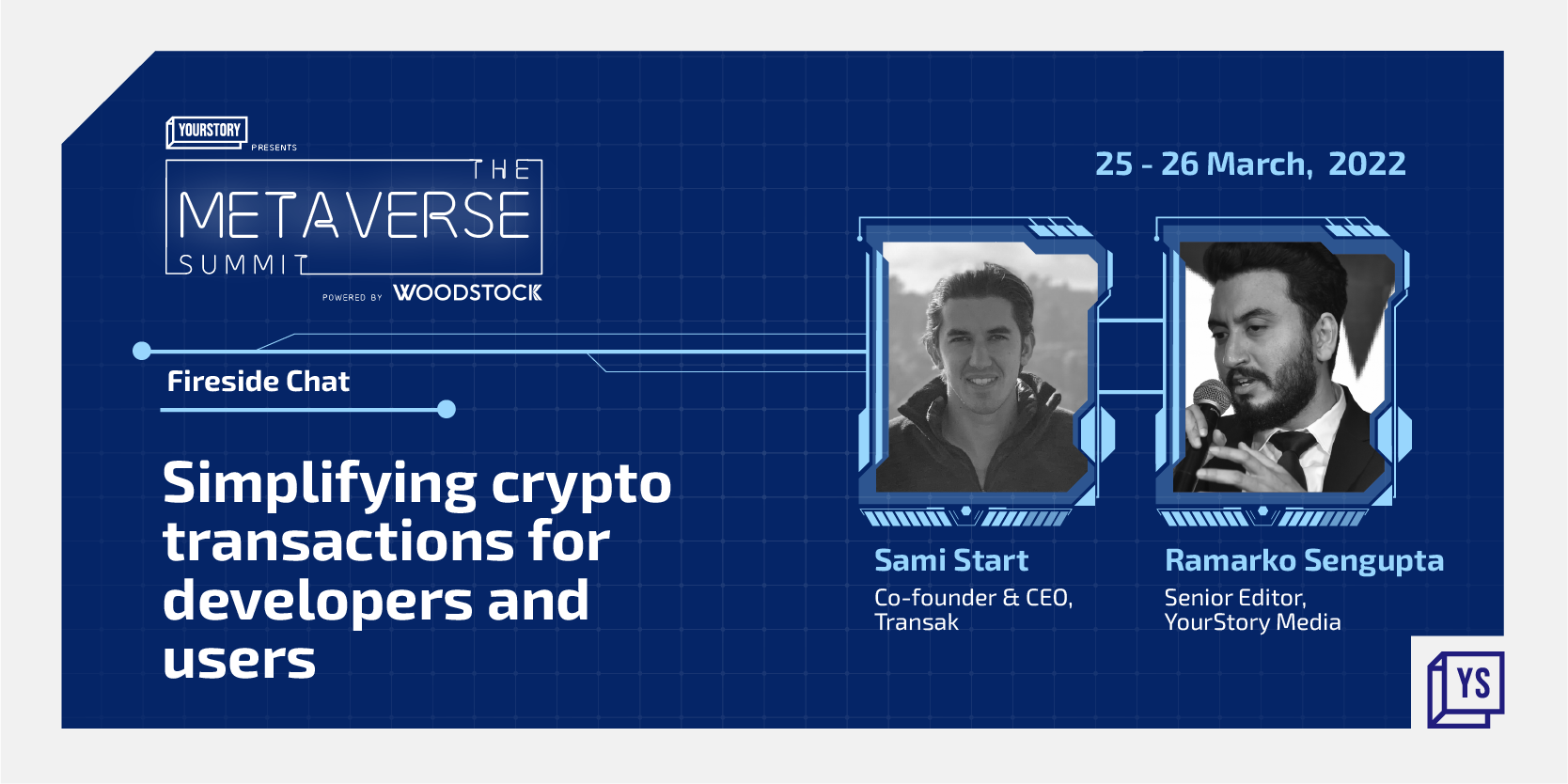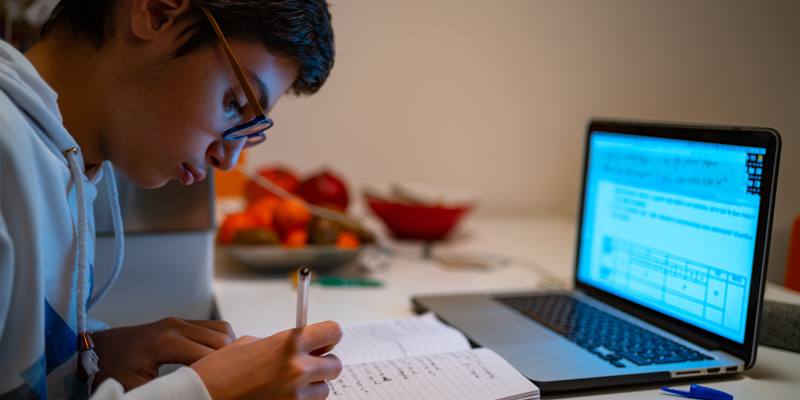Budding Indian American innovators win laurels at the Intel Science Fair
Karan Jerath’s innovation, a prototype novel device that could allow an undersea oil well to rapidly and safely recover in the event of a blowout, fetched the 18-year old the prestigious Intel Foundation Young Scientist Award. Karan received the award, and a scholarship of $50,000 at the just-concluded Intel International Science and Engineering Fair (ISEF), which was held in Pittsburgh, USA. He is reported to have said, “the device can help stop an oil spill in its tracks”. Karan’s award was just a tip of the iceberg. As a large number of young Indian American Innovators went on to win awards across several categories at the Intel ISEF 2015.
The awards were presented on May 15, 2015 at a gala ceremony that was held at Pittsburgh, USA, the venue of this year’s Intel International Science and Engineering Fair. According to the Society for Science and the Public, “Intel ISEF attracts some of the world’s best and brightest teen researchers. Launched in 1950, and now sponsored by Intel Corp., ISEF is a program of Society for Science & the Public. (SSP is also the parent organization of Science News for Students.) This year, 1,702 high-school finalists participated. They represented 422 affiliate science fairs in 78 countries, regions and territories. More than one-third of the finalists received an award here for their research.”
Here is a selected list of Indian American’s who won awards at ISEF 2015:
Biologically-Inspired Flying Sensor Platform for Autonomous Emergency Response

Mihir Garimella, 15, Fox Chapel Area High School, Pittsburgh, Pennsylvania.
Mihir designed a small, low-cost flying robot that first responders can use to locate fires and gas leaks. It also uses a camera to send a visual feed to a connected laptop. The robot is self-piloting, and uses an algorithm Mihir designed to fly through obstacle-filled rooms without crashing.
Automated Illustration of Text to Improve Semantic Comprehension.

Suvir Prakash Mirchandani, 16, Fox Chapel Area High School, Pittsburgh, Pennsylvania.
Suvir Mirchandani and Konrad Neal Urban were awarded the second prize($1000) by Association for the Advancement of Artificial Intelligence. Their award-winning proposal was “a communication system that automatically converts text to images to augment lingual communication; this is to aid patients suffering from ‘aphasia,’ a disorder where patients have a greater understanding of pictures than of the written or spoken word.”
Together, the two created an iPad app that translates between text and images. Not only can the app illustrate nouns and verbs, it can also understand the relationship between words in a sentence to create the most accurate images.
The Effect of Shape, Weight, and Diameter on Haptic Perception: An Active Haptic Sensing Study of the Predicted and Actual Grip Forces and Their Impacts on Weight Detection Thresholds.
Diya Mathur, 16, DuPont Manual High School, Louisville, Kentucky.
Diya Mathur and her class mate, Sophia Nicole Korner were awarded the first prize($1000) by the American Intellectual Property Law Association. Diya said, “Essentially what we did this year was engineer, design and program a force sensing glove that could measure the amount of force applied to help us better research perception and different weight illusions.” Diya added, “This is such an honor because this is one of those moments where you truly realize that the sky’s the limit and nothing is impossible, even as a high school student.”
The Role of Extracellular Nuclear Factor-Erythroid Derived Protein 2 (NF-E2) as a Danger Associated Molecular Pattern (DAMP) Released during Acrolein Induced Renal Fibrosis
Sanjana J. Rane, 17, DuPont Manual High School, Louisville, Kentucky.
Explaining her project, Sanjana said, “For the past couple of years, I’ve been studying how environmental pollutants affect our body,” she said. “Last year, I discovered that this one chemical, Acrolein, was actually promoting renal fibrosis. In addition to that, I discovered that Acrolein was modulating the expression of this particular protein inside and outside renal cells. This year, I was evaluating the role of that protein in promoting fibrosis and inflammation, the two aspects of renal fibrosis, in order to explore its potential as a therapeutic target to treat renal disease.”
Acoustical Society of America Award $500
Development of a Ultra Low-Cost Integrated Audiometer and Hearing Aid
Mukund Venkatakrishnan, 15, DuPont Manual High School, Louisville, Kentucky was awarded $500 by the Acoustical Society of America Award.
Characterization of Vascular Responses to Mechanically Induced Continuous flow patterns in Bovine Models
Sumanth Chennareddy, 17, DuPont Manual High School, Louisville, Kentucky.

ADA Foundation Award $1,000
Computer-Aided Oral Cancer Diagnosis
Aditya Tushar Mohile, 17, Friendswood High School, Friendswood, Texas
National Anti-Vivisection Society First Award of $5,000 plus West Virginia University Renewable Tuition Scholarship Award
3D Tumor Model for Testing Anticancer Drugs
Anisha Priya Valluri, 17, Cabell Midland High School, Ona, West Virginia
Characterizing the Constructible N-Division Points of the Rational C-Hypocycloids through Straightedge and Compass Constructions, American Mathematical Society , First Award of $2,000
Nitya Mani, 17, the Harker School, San Jose, California
American Physiological Society Second Award of $1,000 and the Ashtavadhani Vidwan Ambati Subbaraya Chetty Foundation First Award of $1,000
American Psychological Association First Award of $1,500
Sticks and Stones May Break My Bones: Middle School Students’ Perceptions of Bullying
Aansh Shah, 17, Roslyn High School, Roslyn, New York
Ashtavadhani Vidwan Ambati Subbaraya Chetty Foundation
American Association of Pharmaceutical Scientists – Award $2,000
Development of a Novel Oncolytic Virus for Cancer Treatment and Diagnosis
Aditya Anand Mohan, 18, Colonel By Secondary School, Ottawa, Canada
American Chemical Society First Award $4,000
Photoelectrochemical Properties of 2-D Transition Metal Dichalcogenides (TMDCs) Functionalized with Porphyrins
Arjun Srinivasan Ramani, 16, West Lafayette Junior Senior High School, West Lafayette, Indiana.
American Committee for the Weizmann Institute of Science
A Rapid Field Detection of Liberibacter Bacteria using Lateral Flow Technology
Saumya Ramadugu Keremane, 18, Martin Luther King High School, Riverside, California
Second Award of $500
Engineered Intraocular Injection Guide (IIG): Pain Reduction in Ophthalmic Disease Treatment
Vikas Rammohan Maturi, 17, Carmel High School, Carmel, Indiana
Enabling Precision Medicine with Big Data: A Cross-Platform Framework to Computationally Characterize Gene Presence and Function
Swetha Revanur, 16, Evergreen Valley High School, San Jose, California
Third Award of $500 plus European Organization for Nuclear Research-CERN anall-expenses paid trip to CERN, EU
Astronomical Society of the Pacific and the American Astronomical Society
Priscilla and Bart Bok First Award of $1,000 plus European Organization for Nuclear Research-CERN an all-expenses paid trip to CERN, EU.
A Search for Exoplanets in the Open Star Clusters Messier 35 and Koposov 62 Using A Novel Large-Scale Photometric Algorithm for the “Crippled” Kepler Mission
Shashank Dholakia, 16, Adrian C Wilcox High School, Santa Clara, California
Drexel University Full tuition scholarship
A Wireless Smartphone-Based System for Diagnosis of Pulmonary Illnesses
Maya Varma, 16, Presentation High School, San Jose, California
Fondazione Bruno Kessler Award to participate in summer school “Web Valley” in Trento, Italy
NapX: Safety Alert Mobile Application to Detect Drowsy Drivers
Mehar Kaushik Nallamalli, 17, Capital High School, Olympia, Washington
King Abdul-Aziz & his Companions Foundation for Giftedness and Creativity
Award for Water Technology
Water You Drinking? Development of a Novel Filter Utilizing Nanotechnology and Porous Materials to Remove Bacteria and Heavy Metals from Polluted Water for Third World Country and Military Applications
Raashi Thakkar, 16, Texas Academy of Mathematics and Science, Denton, Texas
Novel Photocatalytic Pervious Composites for Removing Multiple Classes of Toxins from Water
Deepika Saraswathy Kurup, 17, Nashua High School South, Nashua, New Hampshire.
West Virginia University – $50,000 scholarship:
Traffic Camera Distracted Driver Detection (TCD^3): Contextually Aware Heuristic Blob Analysis of Traffic Camera Footage to Identify Anomalous Driving.
Vidur Tenali Prasad, Dayton Regional STEM School, Kettering, Ohio.
It comes as no surprise that, over the years, young Indian American students have been winning laurels at this prestigious Science and Engineering Fair, and this year was no different.
“Any everyday occurrence can spark an interest in science, which is why Intel Science Talent Search Finalists and Semifinalists are an extremely diverse group. They come from all walks of life, from schools that are large and small, rural and urban, public and private. Some are just naturally drawn to science of their own accord, some have families with scientists and some simply see a problem and use science to fix it. Some students jump in as early as middle school, while others complete research in as little as a month, just before their last year in high school. No single path is the right one for every student, but one thing always holds true – no matter which path you take, you have an equal chance of winning the Intel Science Talent Search”. Quoting from, Society for Science and the Public’s note on “Pathways to Science Research”.









![[Startup Bharat] Y Combinator-backed BeWell Digital is enabling the digital transformation of radiologists](https://images.yourstory.com/cs/2/40d66ae0f37111eb854989d40ab39087/ImagesFrames31-1648033042143.png)

